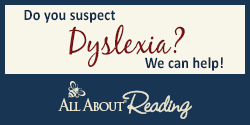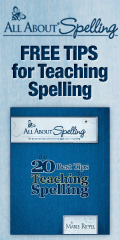This post is from contributor, Megan Zechman

Do you use textbooks as the backbone for science lessons in your home school? Most of us do. However, last year I did something radical. I stopped using a textbook to teach science.
I was a bit worried at first because I was used to having an outline laid out for me, and by ditching our textbook, I had to set my own course and figure out what would work best for my family.
And you know what happened? We not only survived, we thrived!
Interested in what we used instead of textbooks?
Think Outside the Box for Resources
Living Books
Instead of limiting your learning to paragraphs within a textbook, consider reading relevant living books instead.
What is a living book? It is often a book dedicated to a single subject, written in a conversational style by someone who is passionate about the material.
How can this work?
Every science subject you will study has multiple books written about it. For example, if you’re learning about land animals this year, make a list of the animals you want to study and take out a stack of books from the library related to those animals and read them together.
Videos
Last year our science co-op dumped the textbooks in favor of watching Disney Imagineering videos. It is a series of videos that teaches kids about physical science through the science of Disney’s theme park attractions. Our kids LOVED learning science this way.
This is just one video series you can use; there are many others to choose from. Think about Bill Nye, Jack Hannah, Standard Deviants, How It’s Made, etc.
Also, many websites like NASA, Animal Planet, and Discovery Education offer informative videos, as well as interactive learning tools that you can utilize in your lessons.
Smaller Curriculum Providers
If you feel more comfortable having some lessons planned out for you, consider using curriculum written by other homeschooling moms. They often have ebooks dedicated to a specific subject that you can download, allowing you to get started right away.
One of my favorites is the NaturExplorer series from Shining Dawn Books. Cindy has many resources to choose from, each with a focus on the natural world.
How do you use these focused ebooks to study science? It’s easy.
Let’s say your child is showing an interest in ponds. Download Peaceful Ponds (or a different study you find), choose the lessons your child will enjoy, head outside and get started. After you’ve gone through the book, if your child wants to go further, look for ways to extend the learning.
Make Science Interactive
One of the best things about science is that it is naturally hands-on. So, whenever possible, conduct an experiment or complete an activity during your lesson time.
Kids gain a very different level of understanding when they put a concept into action. It helps them turn an abstract idea into something concrete.
Personally, I get most of my hands-on ideas from two places: Pinterest and the library. There are also a lot of great science experiment videos on YouTube that you can recreate.
If you’ve ever considered ditching the textbooks in your home school, maybe it’s time to give it a try. Give it a chance and who knows what you’ll discover.
Have you ever used an alternative method of teaching science?
Latest posts by Megan Zechman (see all)
- Boredom Buster–Create a Summer Fun Box - June 14, 2018
- Homeschooling Middle School vs. Elementary School - April 17, 2018
- When Real Life Disrupts Your Homeschool Routine - February 5, 2018
- 10 Table Manners Every Middle Schooler Should Know - April 24, 2017
- Mini Canvas Chalk Pastel Art–A Frugal Christmas Gift - December 14, 2015






We gave up textbooks for both science and history. It’s new this year but so far it has made a world of difference in keeping my 5th grader interested. We often use DK Eyewitness books as a starting point and go from there. We are having SO MUCH FUN!!!